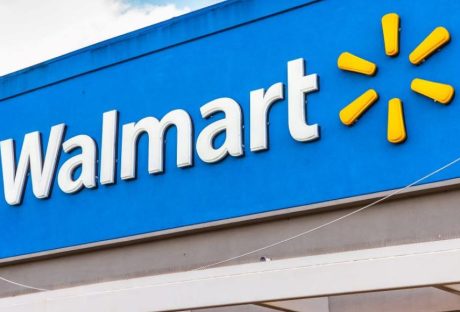In today’s digital world, a website is a crucial aspect of any business or organization.
It serves as the online face of your business and can be an excellent tool to attract and engage with potential customers. However, creating a website is not as simple as it seems.
It requires expertise in website development services which include website design, website development, website maintenance, and website optimization. In this article, we will discuss everything you need to know about website development services, and it’s benefits.
What are Website Development Services?
Website development service refers to the process of creating, designing, and maintaining a website. This process includes everything from designing the layout and graphics to programming the website’s functionalities.
Website development services can deliver by freelance web developers or web development companies.
Types of Website Development Services
There are several types of website development services that businesses and organizations can opt for. These include:
Front-end Development:
This type of website development service deals with the website’s user interface (UI) design. Therefore, it will include the layout, graphics, and overall look and feel of the website.
Back-end Development:
This type of website development service deals with the server-side programming and database management required to run a website.
Full-stack Development:
This type of website development service covers both front-end and back-end development. Therefore it includes everything needed to build a fully functional website.
E-commerce Development:
This type of website development service specializes in developing e-commerce websites and includes features such as shopping carts, payment gateways, and inventory management.
Website Development Process
The website development process involves several steps, including:
- Planning: This involves defining the website’s purpose, target audience, and website goals.
- Design: This involves creating the website’s layout, graphics, and overall look and feel.
- Development: This involves writing code and programming the website’s functionalities.
- Testing: This involves testing the website’s functionalities to ensure that it is bug-free and works correctly.
- Launch: This involves making the website live on the internet.
- Maintenance: This involves keeping the website up to date and fixing any bugs or issues that arise.
Benefits of Website Development Services
Here are some benefits of investing in website development services:
- Increased online presence: Hence a well-designed and optimized website can help improve your online presence and attract more visitors to your website.
- Improved user experience: A well-designed website with a user-friendly interface can help improve the user experience. Also, it increases the time users spend on your website.
- Competitive advantage: A well-designed and optimized website can give your business a competitive advantage over your competitors.
- Better brand awareness: A well-designed website can help improve brand awareness. Therefore it creates a positive image of your business.
Choosing the Right Website Development Service Provider
Selections of the right website development service are another important thing. If you want to have the best services, theses are the first thing that you must know. Your website development service requirements and what types of services your website development service can provide you. To select the best website development services you can match up the following qualities.
Therefore choosing the right website development service provider can be a daunting task.
Here are some factors to consider when choosing a website development service provider:
- Expertise and experience: Look for a website development service provider with expertise and experience in your industry.
- Portfolio: Check the website development service provider’s portfolio to see their previous work and ensure that their style and quality match your requirements.
- Pricing: Compare pricing from different website development service providers and choose the one that offers the best value for your money.
- Customer service: Look for a website development service provider that offers excellent customer service and is responsive to your needs.
Conclusion
Website development services are essential for businesses and organizations that want to establish a strong online presence. Hence from designing the website’s layout to programming its functionalities, web development services can cover everything which required to build a fully functional website. By investing in web development services.
Read Also:






















